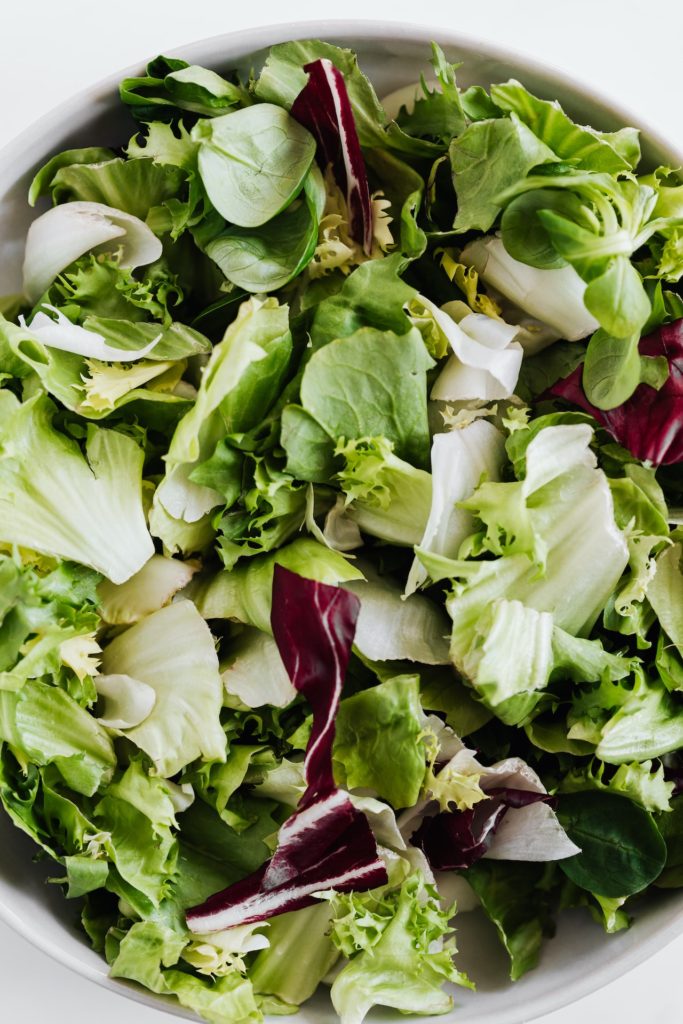The Raw Vegan : Nourish Your Body, Mind, and Soul with Raw Veganism!
The Raw Vegan
A raw food vegan diet is a type of vegan diet that consists of eating only uncooked, unprocessed, and often organic foods. This way of eating emphasizes consuming fresh fruits and vegetables, nuts, seeds, and sprouted grains, and legumes. The idea behind this diet is that cooking food above 118°F (48°C) can destroy important enzymes and nutrients, and therefore, raw foods are considered to be more healthful and nutritionally complete.
Proponents of this diet believe that consuming raw foods can increase energy levels, improve digestion, support healthy weight loss, and reduce the risk of chronic diseases such as heart disease, cancer, and diabetes.
The idea behind raw foods increasing energy levels is that because they are unprocessed and uncooked, they contain higher levels of essential vitamins, minerals, and enzymes, which can help to support overall health and provide a boost of energy. For example, fresh fruits and vegetables are rich in vitamins and minerals such as vitamin C, potassium, and iron, all of which are important for energy production.
Nuts and seeds, which are also commonly consumed on a raw food vegan diet, are high in healthy fats, protein, and fiber, which can help to keep you feeling full and satisfied for longer periods of time, thereby reducing the need for high-carbohydrate, sugar-rich snacks that can cause energy crashes.
Additionally, consuming a diet that’s rich in raw foods can also help to improve digestion, which can further contribute to increased energy levels. By consuming foods in their natural state, without cooking or processing, the digestive system is able to absorb and utilize the nutrients more effectively, reducing the strain on the digestive system and allowing for more energy to be directed elsewhere in the body.
It’s important to note, however, that while a raw food vegan diet can certainly provide a boost of energy for some people, individual results may vary, and there are many factors that can affect energy levels, such as sleep patterns, physical activity, and overall health status. Additionally, it’s also possible to experience decreased energy levels if the diet is not properly planned and balanced, as a raw food vegan diet may be low in certain essential nutrients that are important for energy production.
This Kindle eBook, free for Kindle Unlimited subscribers on Amazon, can give you plenty of meal ideas as well as the ones we have listed below.
21-Day Vegan Raw Food Diet Plan: 75 Satisfying Recipes to Revitalize Your Body
What are some example meals under the Raw Vegan?

Breakfast
A well-balanced raw food vegan breakfast might consist of the following items:
Fresh fruit salad: A mix of seasonal fruits, such as berries, mango, papaya, and kiwi, can provide a boost of vitamins, minerals, and antioxidants.
- Green smoothie: A blend of spinach, kale, and other leafy greens, along with a frozen banana and almond milk, can provide a healthy dose of fiber, vitamins, and minerals, as well as a creamy texture.
- Sprouted grain toast: Toast made from sprouted grain bread, topped with avocado, tomatoes, and a sprinkle of hemp seeds, can provide healthy fats, fiber, and plant-based protein.
- Chia seed pudding: Mix chia seeds with almond milk, sweeten with maple syrup or dates, and let the mixture sit in the fridge overnight to create a creamy, nutrient-rich pudding.
- Nuts and seeds: A handful of raw almonds, walnuts, or pumpkin seeds can provide healthy fats, protein, and fiber to help keep you feeling full and satisfied throughout the morning.
Lunch
A well-balanced raw food vegan lunch might consist of the following items:
- Raw vegetable wrap: Fill a large lettuce leaf or collard green with a variety of raw veggies, such as sliced bell peppers, carrots, cucumber, and avocado, along with a dollop of hummus or tahini for added flavor and healthy fats.
- Raw vegetable salad: A mix of raw veggies, such as cherry tomatoes, grated carrots, and chopped red cabbage, topped with a dressing made from lemon juice, olive oil, and a variety of herbs and spices, can provide a crunchy and nutrient-rich option.
- Raw nori rolls: Fill sheets of nori seaweed with a variety of raw veggies, such as grated carrots, sliced bell peppers, and avocado, along with a nut or seed-based spread, such as almond or sunflower butter.
- Raw vegetable soup: Blend raw veggies, such as tomato, cucumber, and bell pepper, with a variety of seasonings and spices, such as garlic, lemon juice, and basil, to create a creamy and refreshing soup.
- Dehydrated crackers: Serve with a variety of dips, such as guacamole, salsa, or baba ganoush, for a crunchy and satisfying lunch option.


Dinner
A well-balanced raw food vegan dinner might consist of the following items:
- Raw zucchini noodles: Use a spiralizer or julienne peeler to create noodles from zucchini, and top with a raw tomato sauce made from blended cherry tomatoes, garlic, and basil.
- Raw tacos: Fill lettuce leaves with a variety of raw veggies, such as grated carrots, sliced bell peppers, and avocado, along with a nut or seed-based “meat” made from blended nuts or seeds, such as almonds or sunflower seeds.
- Raw lasagna: Layer raw zucchini noodles, nut or seed-based “ricotta” made from blended nuts or seeds, and a raw tomato sauce to create a satisfying and nutrient-rich raw lasagna.
- Raw vegetable stir-fry: Sauté a variety of raw veggies, such as sliced bell peppers, grated carrots, and mushrooms, in a wok or large pan, and serve with a nut or seed-based sauce made from blended nuts or seeds, such as almonds or sunflower seeds.
- Raw “rice” bowls: Use a food processor to create a “rice” from cauliflower, and top with a variety of raw veggies, such as sliced bell peppers, grated carrots, and avocado, along with a nut or seed-based sauce made from blended nuts or seeds, such as almonds or sunflower seeds.
